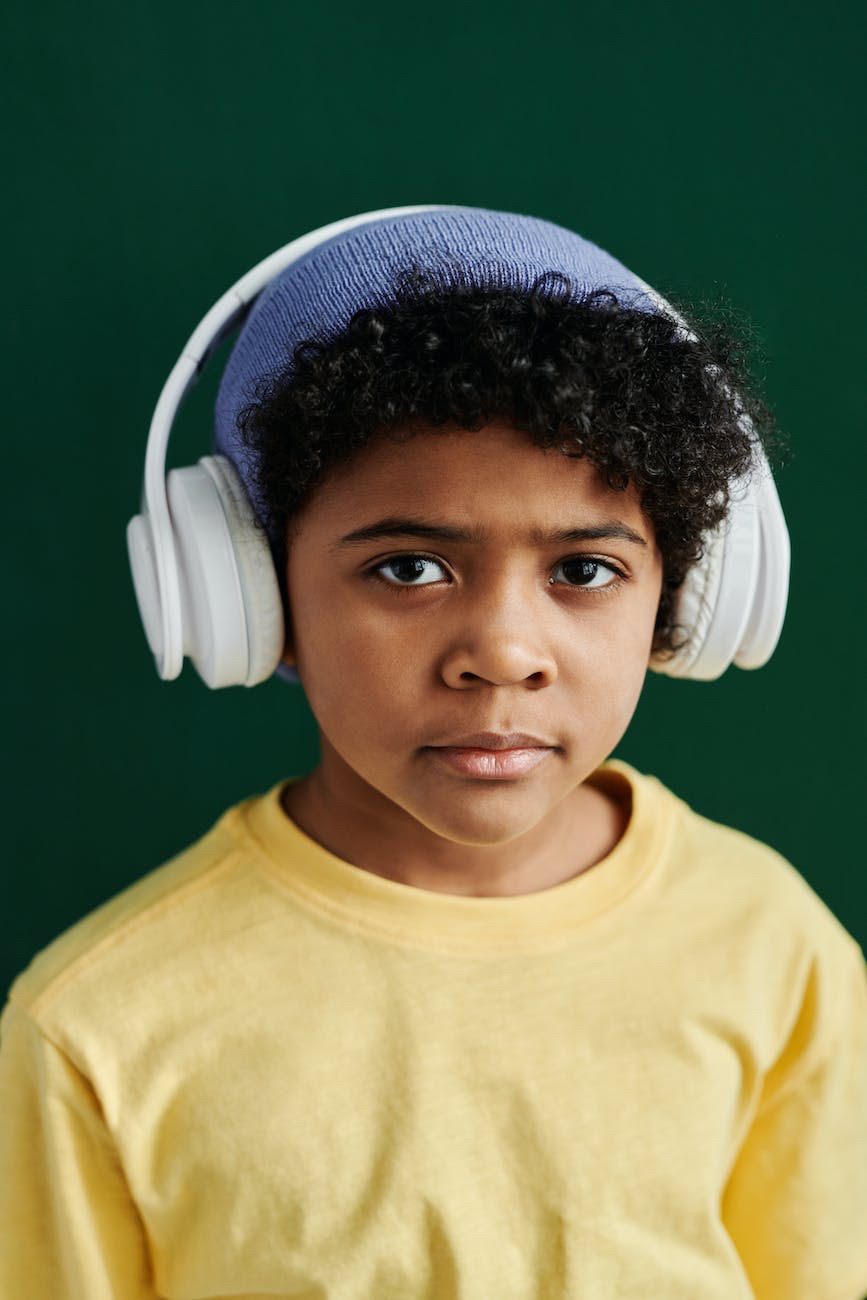
Sound sensitivity and autism
Researched and identified by professional clinicians and scientists, a condition called Hyperacusis is an increased sensitivity to sound found among people with autism. These sounds often include certain noises such as radio/tv, alarms, school bells, sirens, vacuums, etc. A group of scientists in France found that those with autism perceive the sounds as louder then other people do. So they are actually responding to a louder sound.
Both my boys have shown this sensitivity and the response is not consistent at all. My youngest will balk at his older brother playing music on the Alexa device or IPad even when he’s far away in another room of the house. I don’t perceive the music as very loud and he will yell that it’s bothering him. This reaction also doesn’t make sense to me as he sings vocals in the school of rock music school and easily adapts to the loud music when rehearsing and performing.
His older brother demonstrates a more profound response to loud noises and since a toddler, responded adversely to fire/police/ambulance sirens. He becomes very agitated and would have a meltdown. As a teenager now, this sensitivity is still there but he has adjusted and responds with less anxiety. He also has an adverse response to the sound of a crying baby. When he was younger, we had to grab him and hold him when a baby cried in a public place or he may run toward the baby and show distress. As he’s gotten older, we have discussed crying babies and that he’s not allowed to go near the baby. He also doesn’t seem to be as bothered as he was when he was younger. He has taught himself a coping mechanism to ignore the sound.
We considered noise canceling headphones for our eldest when we went out in public places when he was younger but we ended up learning that medication did help lessen the anxiety. The noise canceling headphones, however, are found helpful for many on the spectrum and a great option to assist in dealing with this condition.
An article written by research scientists at Northwestern University share some coping mechanisms to support the sensitive individual. One of the mechanisms included identifying quiet zones such as going to the library or a quiet walk. Also, creating quiet breaks after a noisy environment to help the individual decompress. A third coping mechanism included creating a distraction when the trigger noises are unavoidable. This may include introducing a favorite toy or iPad to redirect the attention. And lastly, allowing the individual to gain control. This would be attained by having the individual turn the vacuum on and off or honk the car horn. Whatever causes the distress, they would gain control of that sound.
Sound sensitivity can be a very difficult condition for the individual on the spectrum so gaining insight into helpful strategies to advert the sensitivity is a must for caregivers. I’ve provided a link to the article pertaining to the Northwestern University study to assist those looking for more insight.


